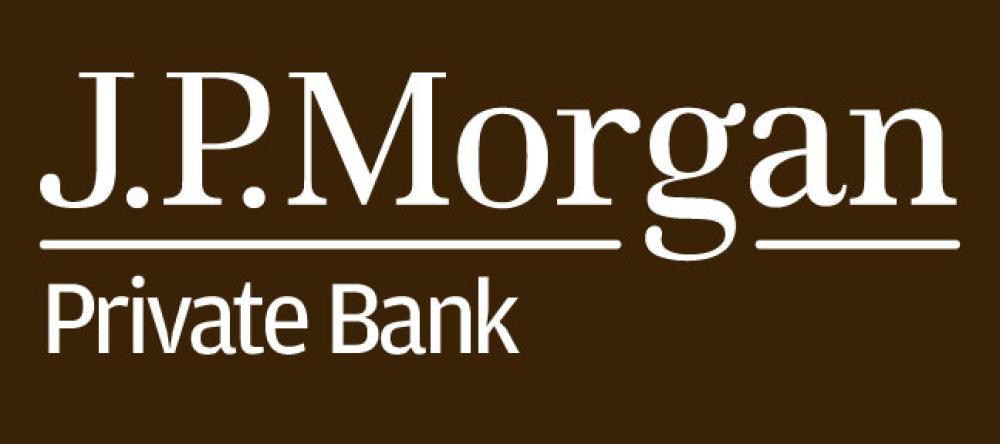

How Will You Bring Employees Back to the Workplace?
Businesses throughout the United States shifted to some form of remote operations in response to COVID-19. There are countless differences among such organizations, from what products and services they offer to where they are located and how many people they employ. However, US businesses are all grappling with when and how to bring employees back to the workplace.* Although it’s a decision unique to every organization, all workplaces should have a detailed return-to-work plan. “The workplace should be different on day one in three key ways: space, simplicity and sanitation,” said Ken Litton, Head of Corporate and Site Services for JPMorgan Chase. The Centers for Disease Control and Prevention (CDC) guidelines* and our checklist can help you get started.
Prepare the Physical Workplace
You will have different capabilities for preparing the workplace depending on whether you own or rent your building. If you rent, work with your landlord or property manager to learn about security practices around building entryways, exits and common areas, such as cafeterias. To upgrade sanitation, think about how often different areas of the workplace—desks, elevators, public bathrooms, kitchens and break rooms—will need to be cleaned and disinfected.* The CDC advises that you frequently disinfect high-touch objects and surfaces. You can also eliminate some of these spots. For example, investing in a touchless automatic door could reduce cleaning of entryways.
Maintain Social Distancing
Social distancing is critical to minimizing the risk of spreading COVID-19. To help ensure employees maintain social distancing, you can:
- Close off spaces, such as smaller meeting rooms.
- Provide visual cues, such as 6-foot markers, throughout the workplace, including outside of elevators, inside cafeterias and other places where lines form.
- Create wider aisles, or restrict the direction of travel in a work area.
- Add protective barriers between desks or washable desk covers.
- Implement entrance and exit protocols for elevators and stairs. For example, limit the number of riders on each elevator and designate one stairwell for employees to walk up and another to walk down.
- Stagger shifts to help reduce the number of employees and customers entering your building simultaneously. This can cut down on congestion in the lobby and limit wait times.
- To start, ask only a small percentage of your employees to return to the workplace—those who benefit most from being on-site. Once a small group has successfully integrated into the space and adjusted to new policies, you can gradually add more employees as the space allows. This helps to test the measures you’ve put in place, and also limits potential exposure to the virus. Monitor infection rates in the office, as well as in the city and state, before bringing more employees back to the workplace.
Prioritize Employee and Customer Health
To protect your workforce and any visitors from COVID-19, you should also:
- Reduce density: Aside from staggering shifts, you can split on-site employees into different groups and alternate the days they are in the workplace. For example, an A group may be on-site for one week, then a B group can be on-site the following week. Cleanings may be in between changing shifts, especially if employees share workstations.
- Improve office hygiene: Make sure you have soap, water and hand sanitizer with at least 60 percent alcohol, plus tissues and no-touch trash cans, according to the CDC.* You should also display signage prominently to remind employees of workplace health protocols and best practices. Make sure that wipes are available to sanitize high-touch surfaces, such as printer control panels, kitchen appliances and vending machines.
- Establish personal protective equipment protocols: The CDC recommends wearing cloth face coverings in public settings,* so you may want on-site employees to wear them as well.
- Increase air circulation: Because COVID-19 spreads through an infected person’s respiratory droplets, increased air circulation is important in the workplace. You can contact your heating, ventilation and air conditioning company for information on cleaning, maintenance or air filter installation.
- Raise awareness of safety practices: Emails and alerts can give employees information about changes and new protocols and direct them to workplace safety tutorials.
- Screen employees for symptoms: Prior to entering the workplace, you can offer temperature checks on-site. Request that employees report any symptoms via email or app, where they could also provide their availability and sign up for shifts.
- Encourage sick employees to stay home: This cannot be emphasized enough. The CDC advises employees with symptoms to notify their supervisor and stay home. Sick employees should isolate at home until they meet CDC criteria and consult with a healthcare provider. Even if they feel well, employees with an affected family member at home should take precautions and notify their supervisor.*
- Devise a response plan for sick employees: The CDC advises businesses to immediately separate employees suspected or confirmed to have COVID-19 from others in the workplace. Familiarize yourself with the CDC’s cleaning guidelines, which vary based on how recently the infected employee was on-site. Determine which employees may have been exposed to the virus, and send them home for 14 days to self-monitor for symptoms. Potentially exposed employees may need to follow additional precautions, depending on the workplace.
Communicate, Communicate, Communicate
Maintain regular communications with your employees, whether it’s via email, a weekly meeting or a company portal. Employees are bound to have questions and feedback for your organization. Use these communication opportunities to reinforce trust in the company and revise protocols as necessary.
Communicating with clients is also essential. “Make sure to communicate visitor expectations before they arrive,” said Nick Donohue, Managing Director and Head of Business Continuity for JPMorgan Chase. For example, when employees invite visitors to meetings, they can include a reminder to wear a mask and arrive 15 minutes early for a temperature and symptom check. The building lobby and other areas should feature signs that clearly state visitor requirements.
Rethink Remote Working
Tech companies like Zillow have told most employees not to report to the office until 2021. Twitter is allowing employees to work from home indefinitely.
Not all roles and industries are suitable for remote work. But it’s still important to consider whether employees truly need to be on-site full time to perform their duties. Many employees prefer to work from home and can be just as productive as they are in the office. If this is the case at your company, keeping employees at home may make more sense than bringing them into the workplace. And should you choose to make the change permanent, remote work can increase your talent pool.
There are downsides to remote work, too. Employees may have more difficulty maintaining work-life balance if their home and office are one and the same. Plus, there are added challenges to onboarding and supervising employees and maintaining company and office culture.
When some employees are working from home and others are on-site, aim to keep both groups’ work experiences the same or as similar as possible. For example, conduct video meetings that include members of both groups. You should maintain regular employee check-ins with managers so remote employees don’t miss out on face time with coworkers and business leaders.
Lead by Example
Business leaders play a particularly critical role during this time. They provide employees with guidance and assurance about the return-to-work process. That’s why it’s so important for C-suite executives and midlevel managers alike to remain visible by returning to the office early. They should also model safety protocols, such as wearing face masks and practicing social distancing.
The Future Workplace
“People are eager to get back to whatever the new normal is going to be,” Donohue said.
Many of these changes have been widely adopted outside of work, so employees may adjust quickly.
“We've seen some of our recently reopened Asia-Pacific locations adapt pretty quickly, and it’s not too long before we are able to go about our day without too much impact,” said David Arena, Head of Global Real Estate for JPMorgan Chase.
*Content sourced for the CDC is available on the agency website for no charge. References to the CDC ATSDR or HHS websites do not imply endorsement by CDC, ATSDR, HHS or the United States Government of JPMorgan Chase & Co.
Contact:
Corey Mazza | Vice President | J.P. Morgan Private Bank
2029 Century Park East, Floor 39 | Los Angeles, CA 90067
T: 310 860 7150

Register by January 14 to maximize value, elevate your experience, and get a head start connecting with 3,200+ dealmakers and executives.
